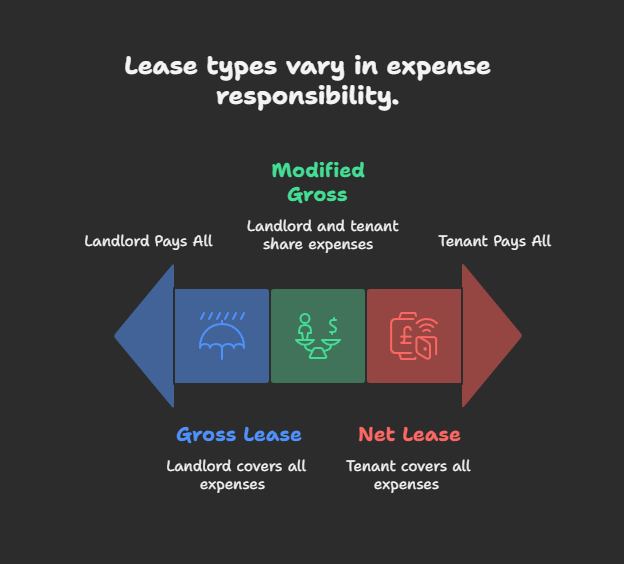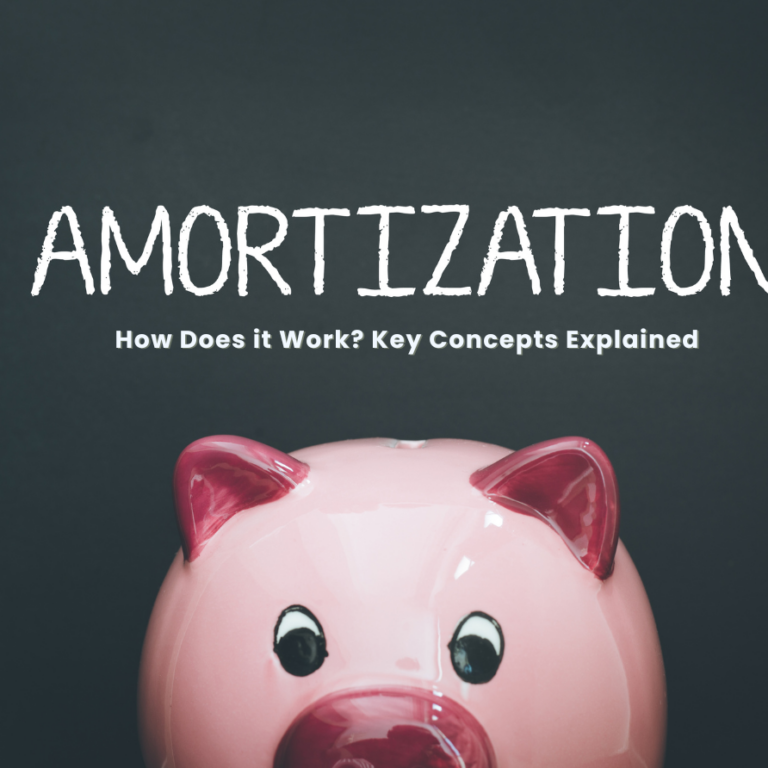What is Effective Rent? Essential Insights and Calculation Tips
When evaluating commercial real estate leases—especially in office, retail, or industrial properties—landlords and tenants often come across the term effective rent . But what exactly is effective rent, and why is it so important in lease negotiations and property valuation?
In this comprehensive guide, we’ll explore:
- The definition
- The difference between effective rent and gross rent
- How to calculate
- Why it is matters in commercial real estate
- How to use a net effective rent calculator
- Tips for landlords and tenants to better understand lease economics
Whether you’re a landlord setting lease rates, a tenant negotiating a lease, or an investor analyzing property value, understanding this can help you make smarter, more informed decisions.
What Is Effective Rent?
It is the actual rent a tenant pays on average per year (or month) over the entire lease term, after factoring in concessions such as free rent periods, tenant improvement allowances, or rent abatements .
It reflects the true economic value of a lease from the tenant’s perspective or the net income a landlord can expect after accounting for incentives.
Key Terms to Know:
- Gross Rent : The stated rent per square foot (or per unit) as written in the lease agreement.
- Free Rent Periods : Time during which the tenant pays no rent (e.g., “1 month free rent”).
- Tenant Improvement Allowance (TI) : Funds provided by the landlord to customize the space for the tenant.
- Rent Abatement : Temporary reduction or waiver of rent, often during early lease months.
Why Is Effective Rent Important?
Understanding this helps both parties in a lease agreement:
For Landlords:
- Helps compare lease offers with different concessions.
- Ensures accurate financial projections for property cash flow.
- Aids in setting competitive lease rates while offering incentives.
For Tenants:
- Allows for true cost comparison between different lease proposals.
- Clarifies the actual cost per square foot over the lease term.
- Helps in negotiating better lease terms by understanding the value of concessions.
How to Calculate
Calculating net effective rent involves a few simple steps. The goal is to average the total rent paid (or owed) over the full lease term, subtracting any concessions .
Step-by-Step Calculation:
1. Determine the Gross Rent per Year (or Month)
Start with the base rent specified in the lease. This is typically quoted as annual rent per square foot (PSF) or monthly rent .
Example:
- Lease Term: 5 years
- Monthly Rent: $3,000
- Total Gross Rent = $3,000 x 60 months = $180,000
2. Subtract Concessions or Incentives
Identify all concessions offered and convert them into a monetary value .
Example Concessions:
- 2 months free rent = $3,000 x 2 = $6,000
- Tenant Improvement Allowance = $10,000
Total Concessions = $6,000 + $10,000 = $16,000
3. Calculate Net Rent
Net Rent = Gross Rent – Total Concessions
$180,000 – $16,000 = $164,000
4. Divide by Total Lease Term (in Months or Years)
Net Effective Rent = Net Rent ÷ Total Lease Term (in months)
$164,000 ÷ 60 months = $2,733.33/month
So, the net effective rent is $2,733.33 per month , even though the stated rent is $3,000.
Calculator Example
Let’s walk through a full net effective rent calculator example:
| Lease Term | 60 months (5 years) |
| Monthly Rent | $3,000 |
| Free Rent (2 months) | $6,000 |
| TI Allowance | $10,000 |
| Total Gross Rent | $180,000 |
| Total Concessions | $16,000 |
| Net Rent | $164,000 |
| Net Effective Rent/Month | $2,733.33 |
Net Effective Rent vs. Gross Rent: Key Differences
| Factors | Gross Rent | Net Effective Rent |
|---|---|---|
| Definition | Stated rent in the lease | Rent after subtracting incentives |
| Includes Concessions | No | Yes |
| Use Case | Marketing, listing | Financial analysis, lease comparison |
| Accuracy | Less accurate for true cost | More accurate for long-term economics |
| Negotiation Tool | Not ideal | Very useful |
Gross rent is what’s advertised; net effective rent is what the tenant truly pays.
Calculate from here
Quickly estimate your monthly rent after factoring in concessions like free rent and tenant improvement (TI) allowance.
Net Effective Rent Calculator
How it Impacts Lease Negotiations
Understanding this empowers both parties during lease negotiations:
For Tenants:
- You can compare multiple offers with different concessions and rent structures.
- You can negotiate more strategically —for example, choosing between a higher TI allowance or more free rent.
For Landlords:
- You can offer attractive incentives without reducing the stated rent too much.
- You can benchmark against the market and ensure you’re getting a fair return on your property.
Example: A tenant is offered two lease options:
| A | $2,800 | 1 month | $5,000 | $2,616.67 |
| B | $3,000 | 2 months | $10,000 | $2,733.33 |
Even though Option B has a higher gross rent, it offers more concessions and has a lower than Option A. This makes Option B potentially more favorable for the tenant.
Net Effective Rent in Commercial Real Estate Valuation
For commercial real estate investors , this plays a crucial role in property valuation and cash flow analysis .
Cap Rate and NOI Considerations
Net Operating Income (NOI) is calculated using projected rental income , which should factor in effective rent rather than just gross rent, especially if the building has high tenant turnover or offers frequent incentives.
Example: A building has 10 units, each with a gross rent of $2,000/month. If the average effective rent is $1,850 due to concessions, the projected income should reflect the effective rate, not the gross rate.
Using this ensures:
- More accurate NOI projections
- Better valuation of the property
- Improved comparability with similar assets
How to Use a Net Effective Rent Calculator
While you can calculate manually, many real estate professionals use net effective rent calculators —either online tools or built-in Excel templates.
Net Effective Rent Calculator (Excel Formula)
You can build a simple calculator in Excel using the following formula:
Net Effective Rent = (Monthly Rent * Lease Term in Months – Total Concessions) / Lease Term in Months
Example :
| A1 | Monthly Rent |
| A2 | Lease Term (mos) |
| A3 | Free Rent (mos) |
| A4 | TI Allowance |
| A5 | Total Concessions = (A1*A3)+A4 |
| A6 | Net Rent = (A1*A2) – A5 |
| A7 | Net Effective Rent = A6 / A2 |
This allows for quick adjustments to rent, lease term, and concessions.
Common Mistakes to Avoid When Calculating
Here are some common pitfalls to avoid:
- Forgetting to include all concessions (e.g., TI allowances, free rent, moving allowances).
- Using annual rent without converting to monthly terms , leading to inaccurate averages.
- Ignoring operating expenses that may be included in the lease.
- Not accounting for escalation clauses (e.g., rent increases over time).
- Assuming all free rent is equal —some concessions are more valuable than others.
Net Effective Rent in Different Lease Types
The way this is calculated can vary depending on the type of lease :

1. Gross Lease
- Landlord pays for all operating expenses.
- It includes base rent and concessions .
2. Net Lease (Single, Double, Triple)
- Tenant pays for some or all operating expenses.
- Effective rent must include base rent + concessions , but not operating expenses , unless specified.
3. Modified Gross Lease
- Combination of gross and net leases.
- Effective rent includes base rent, concessions, and some operating costs .
Always clarify what’s included in the lease and adjust your effective rent calculation accordingly.
Final Thoughts: Why Every Landlord and Tenant Should Understand Effective Rent
Understanding effective rent is more than just a financial exercise—it’s a critical component of making informed, strategic decisions in commercial real estate. Whether you’re a tenant evaluating multiple lease offers , a landlord setting rental rates , or an investor analyzing property performance , effective rent provides a clearer, more accurate picture of the true cost or value of a lease over time.
At its core, effective rent reflects the actual economic value of a lease agreement, taking into account not just the stated rent, but also all the incentives, concessions, and benefits that impact the real cost or income. This includes free rent periods, tenant improvement allowances, rent abatements , and other negotiated terms that can significantly alter the financial outcome for both parties.
For landlords , understanding effective rent allows for:
- More accurate income projections , helping to ensure long-term profitability.
- The ability to offer competitive concessions while still maintaining a healthy return on investment.
- Better lease comparison when evaluating multiple tenant proposals with different incentive structures.
- Improved leasing strategies that balance market competitiveness with financial sustainability.
For tenants , knowing how to calculate and interpret effective rent empowers them to:
- Compare lease options more fairly , especially when different landlords offer varying incentives.
- Understand the true cost per square foot over the life of the lease—not just the headline rent.
- Make smarter leasing decisions that align with their business goals and budgeting needs.
In the world of commercial real estate investment , effective rent also plays a key role in valuation and asset performance . Investors rely on net operating income (NOI) to determine property value, and NOI is only as accurate as the rent figures it’s based on. Using effective rent instead of gross rent ensures that projections and valuations reflect realistic income potential , especially in markets with high tenant turnover or aggressive leasing incentives.
Moreover, as lease structures become more complex —with escalating rents, conditional abatements, and performance-based incentives—having a firm grasp of effective rent becomes even more essential. It allows both parties to look beyond the surface-level numbers and understand the true financial impact of a lease over time.
In short, effective rent is not just a technical term—it’s a powerful analytical tool that supports better decision-making, stronger negotiations, and smarter financial planning . Whether you’re signing your first lease or managing a multi-property portfolio, taking the time to calculate and understand effective rent ensures that you’re not just making decisions based on appearances—but on real, actionable data .
So next time you’re reviewing a lease proposal or evaluating a rental agreement, don’t just look at the gross rent —dig deeper. Calculate the net effective rent , understand the concessions involved , and make your decisions based on the full financial picture. Because when it comes to commercial leases, what you see isn’t always what you get—but with effective rent, you’ll always know exactly what you’re paying or earning.






